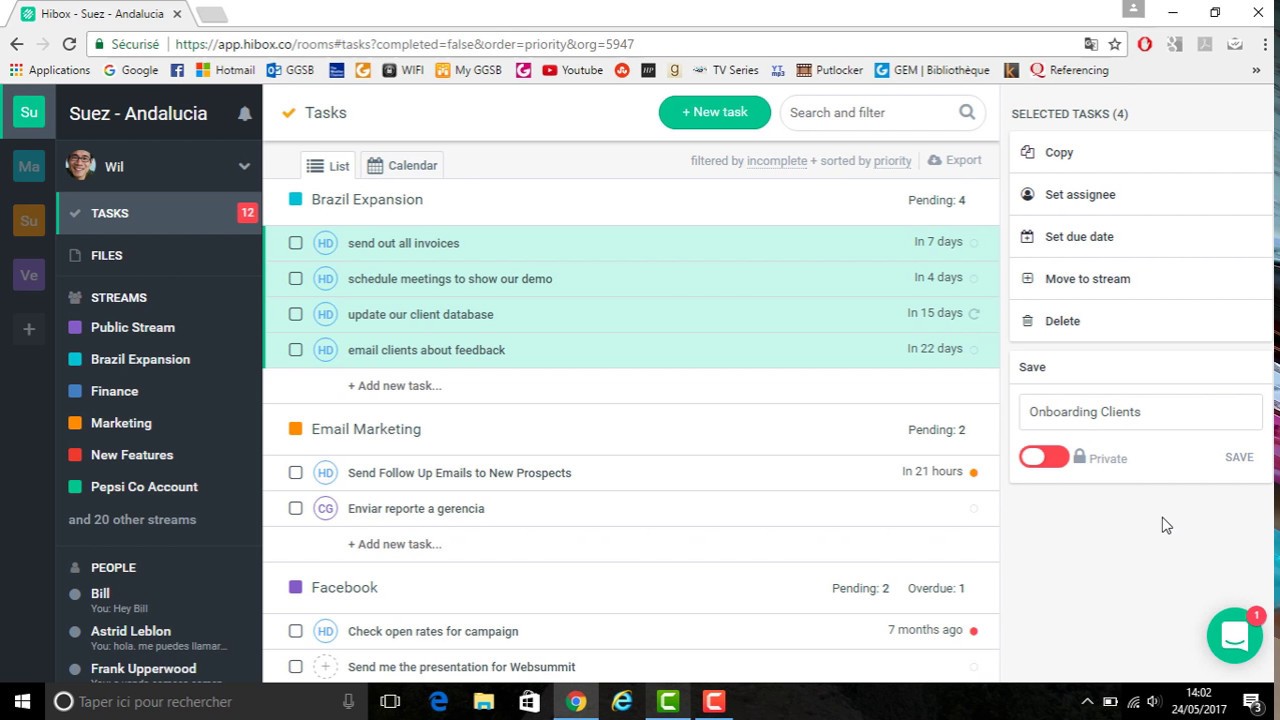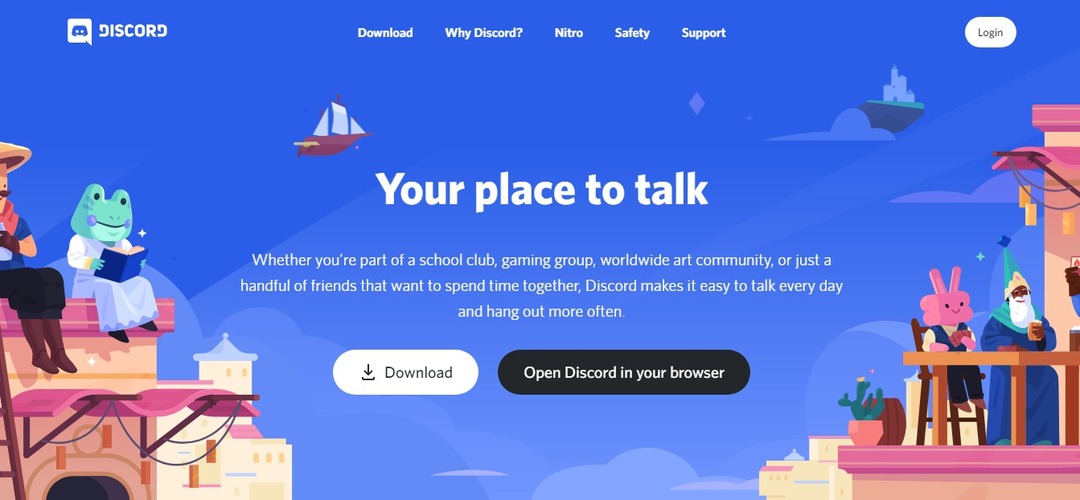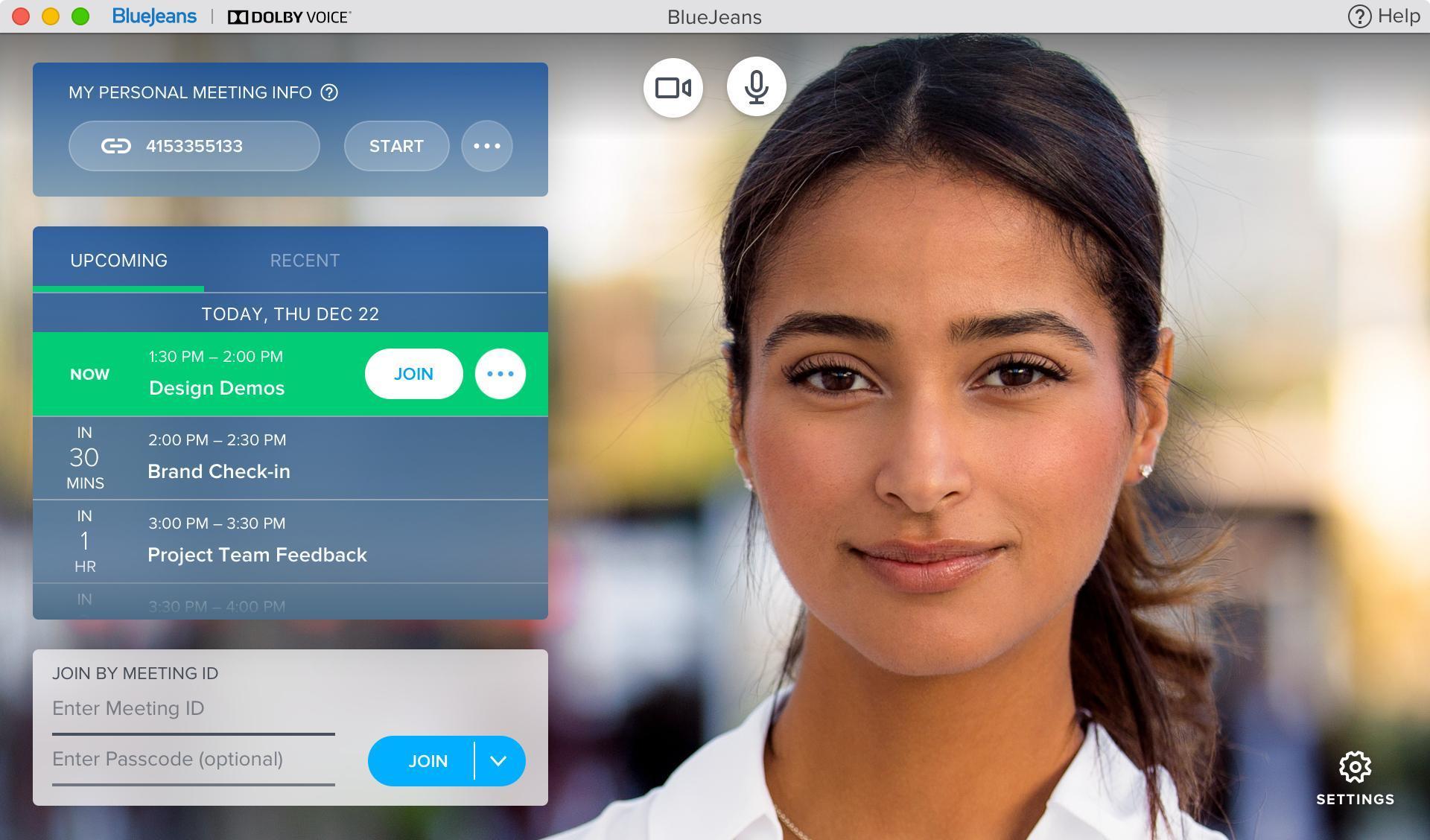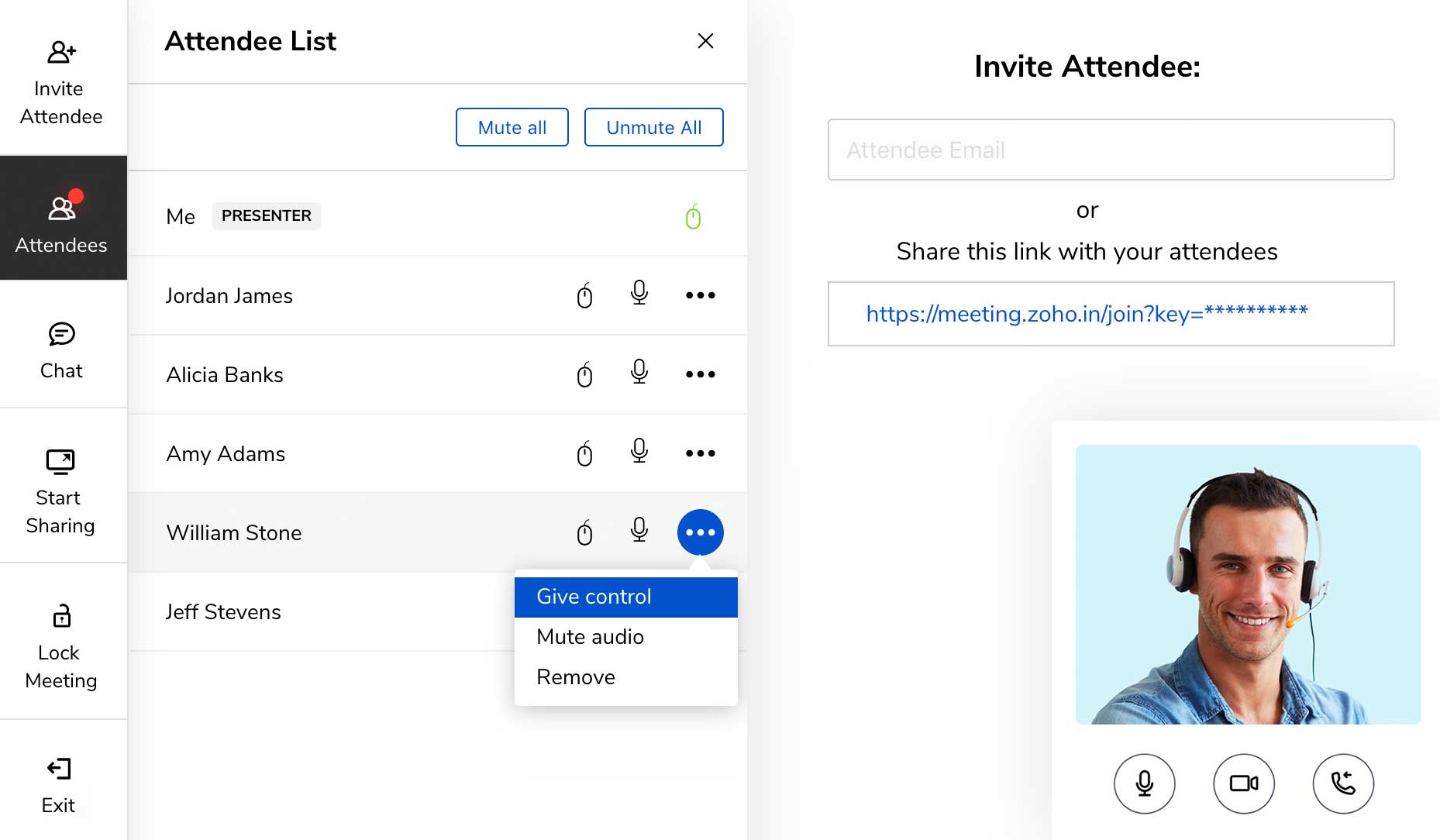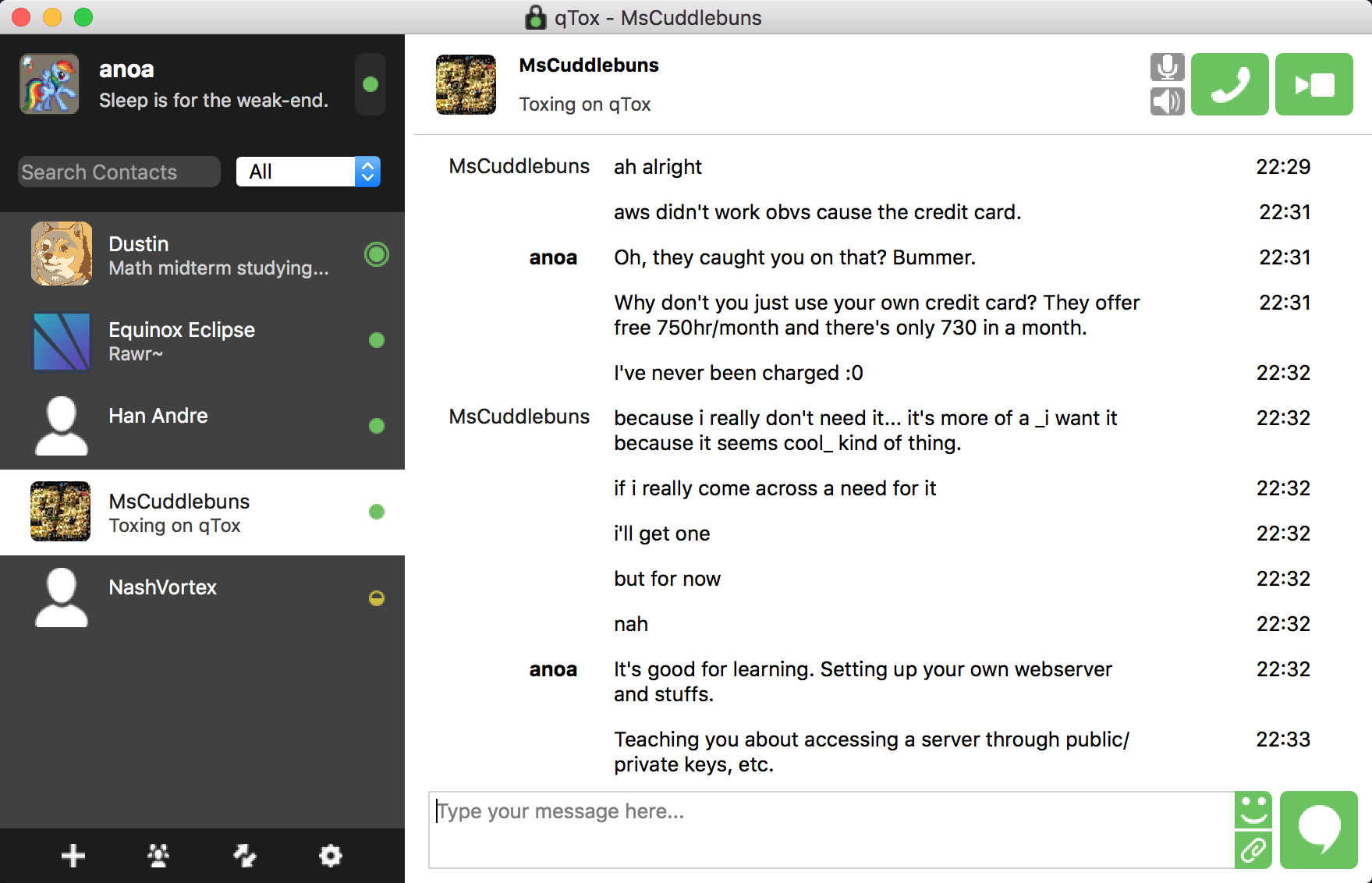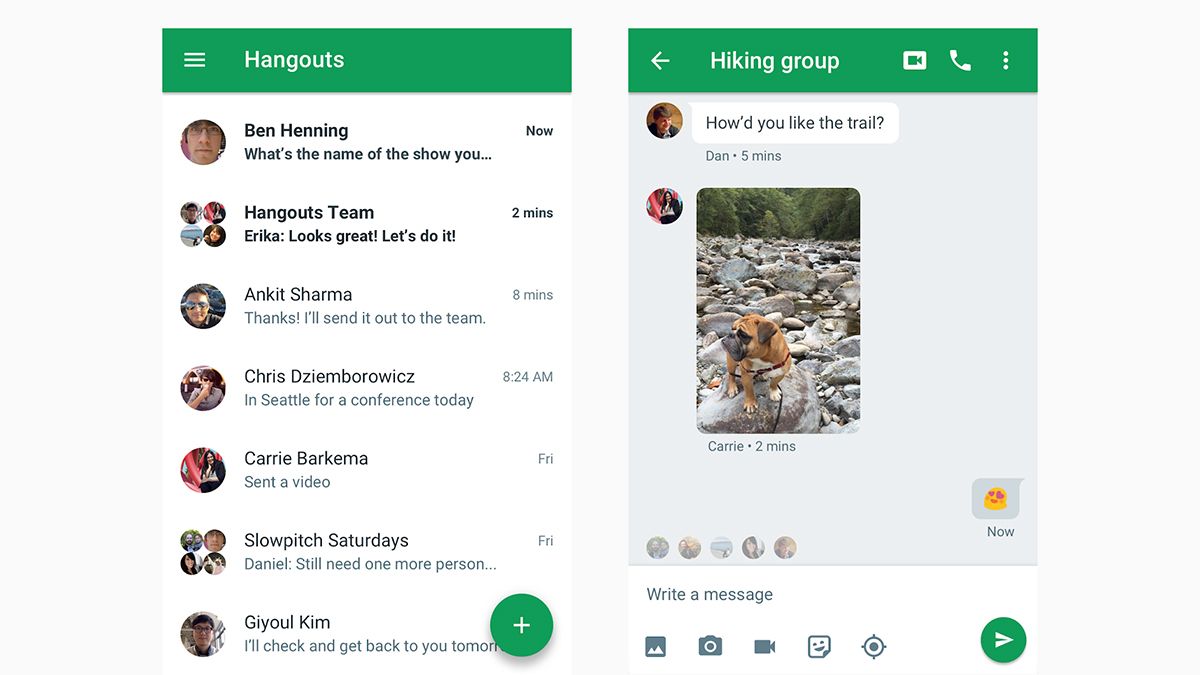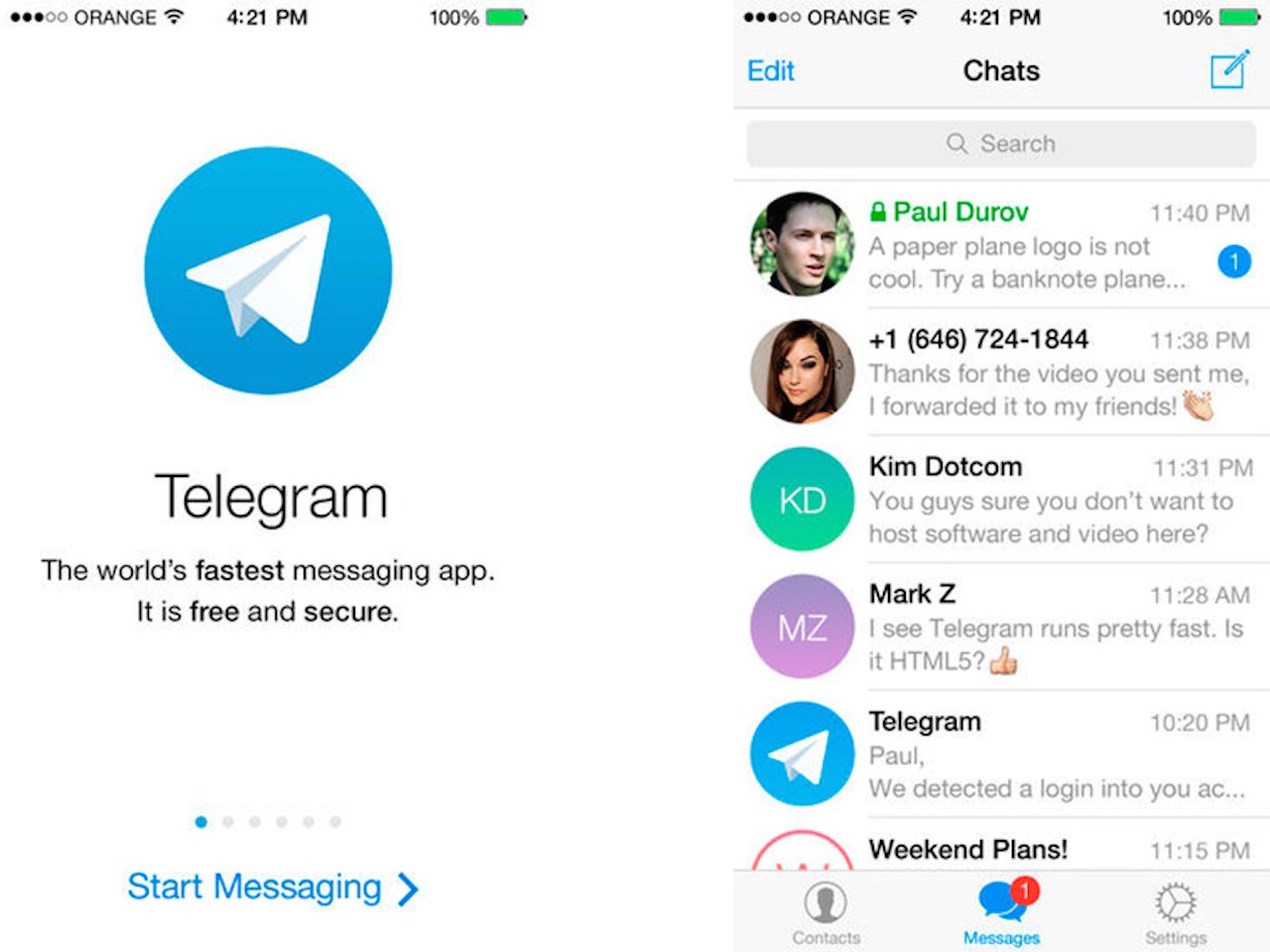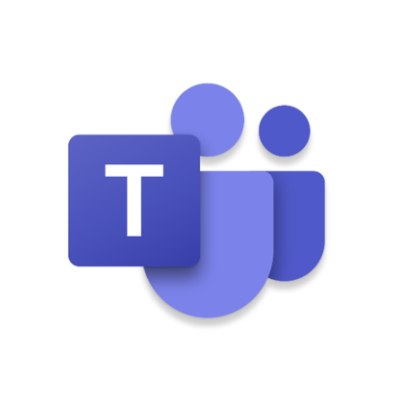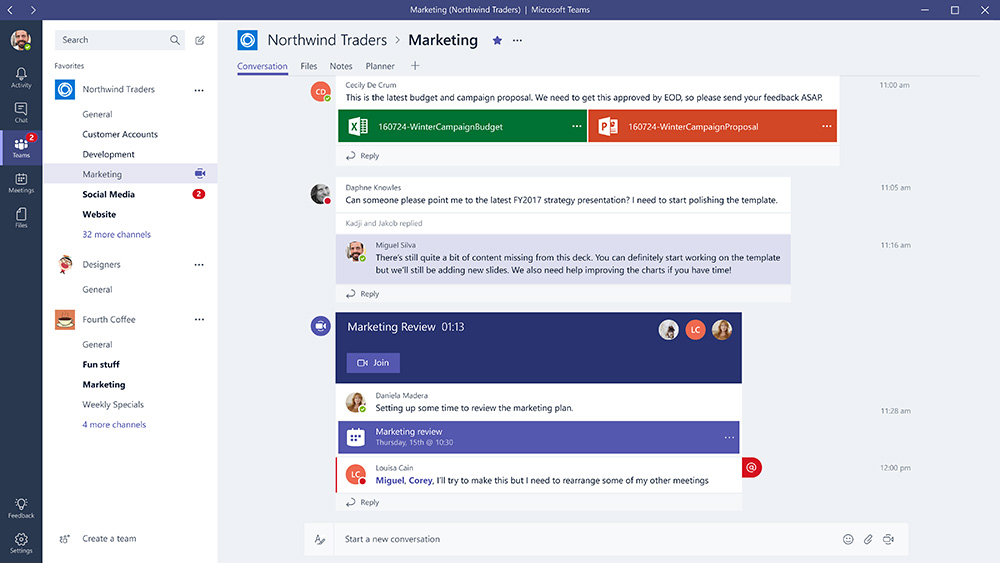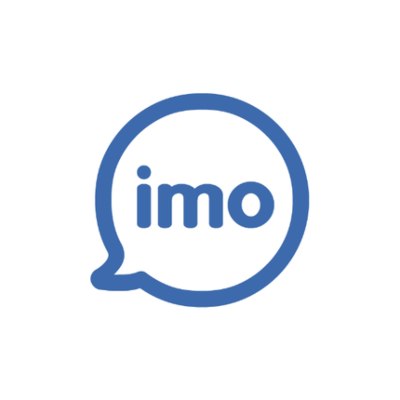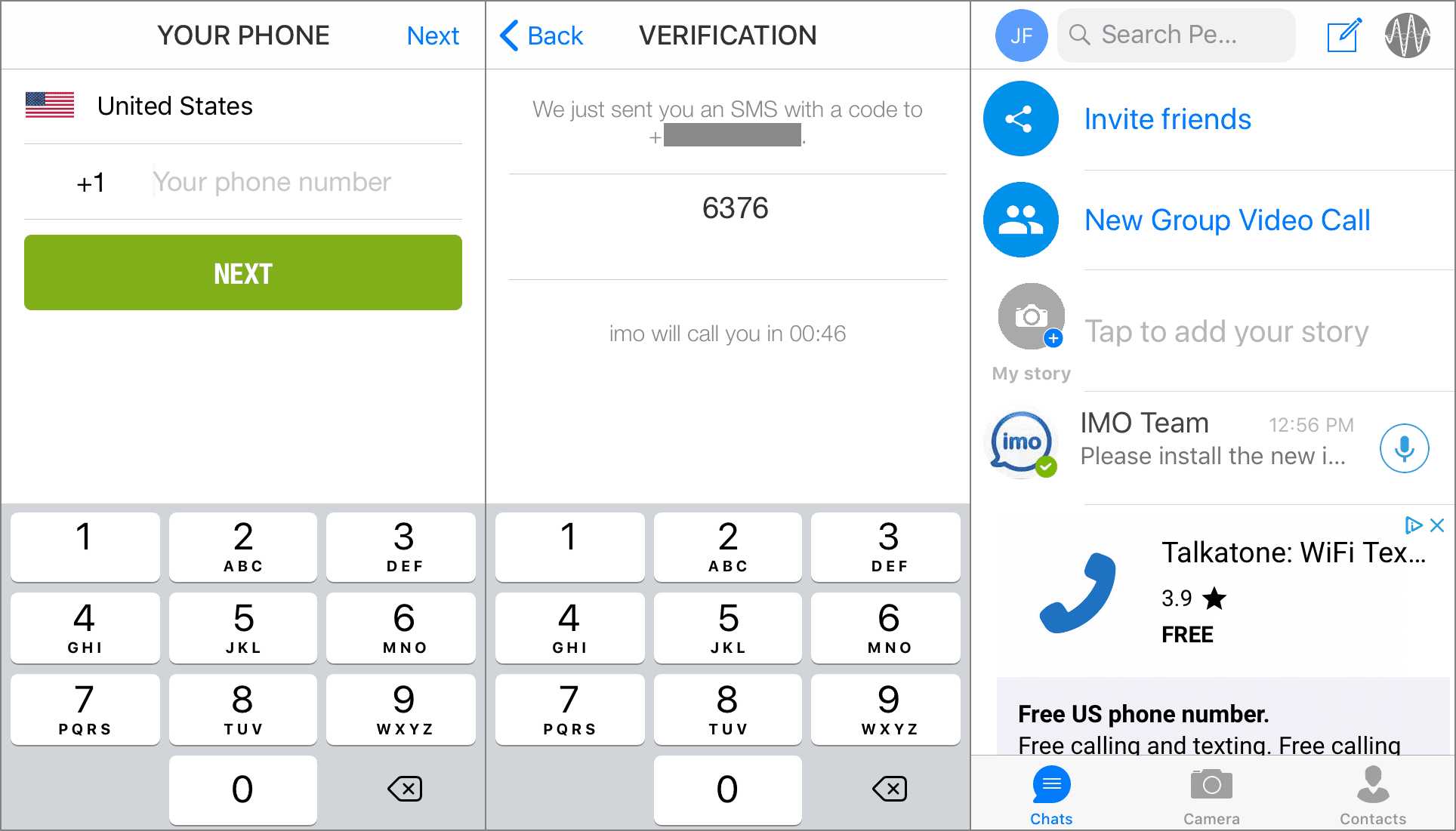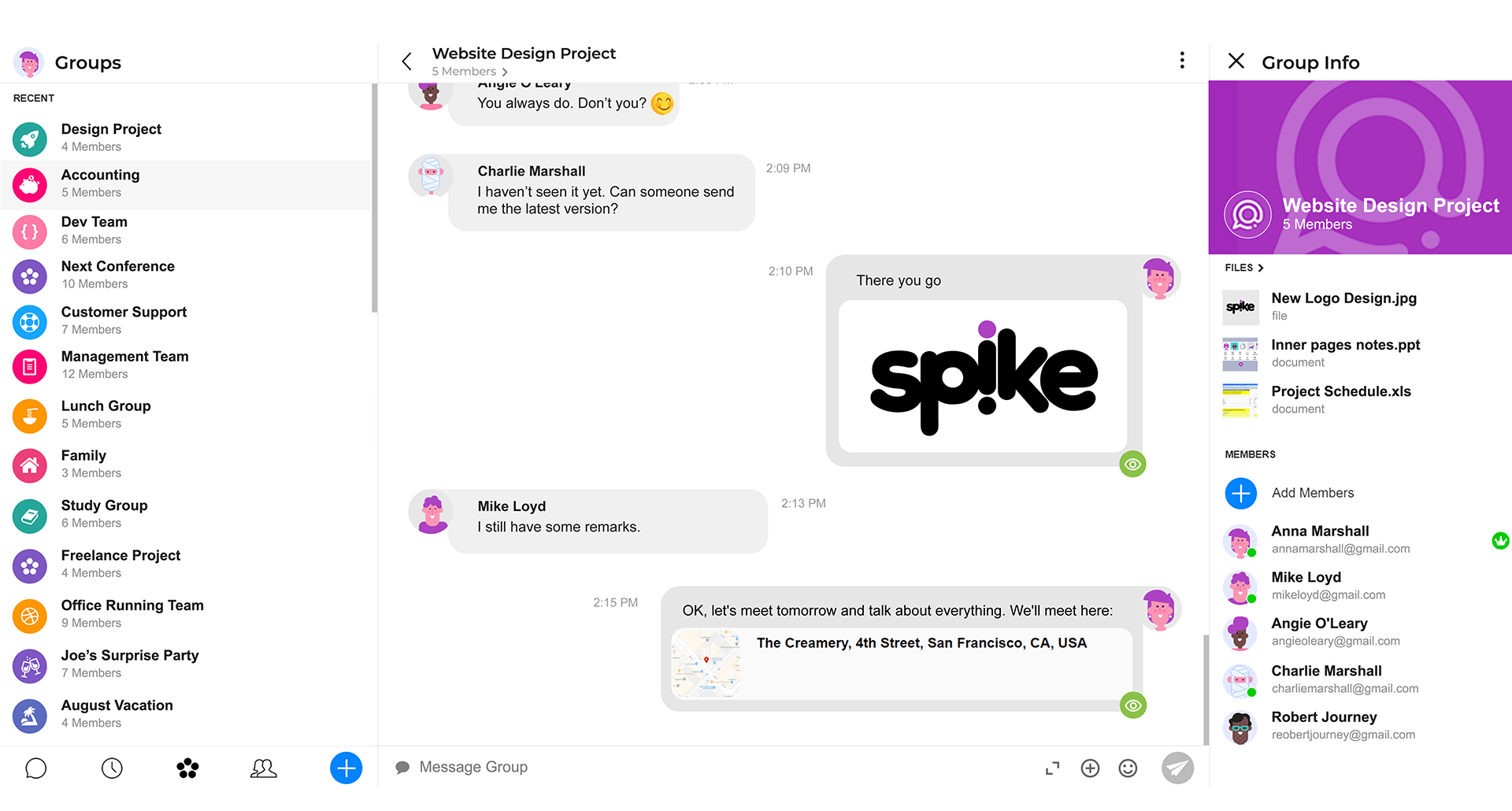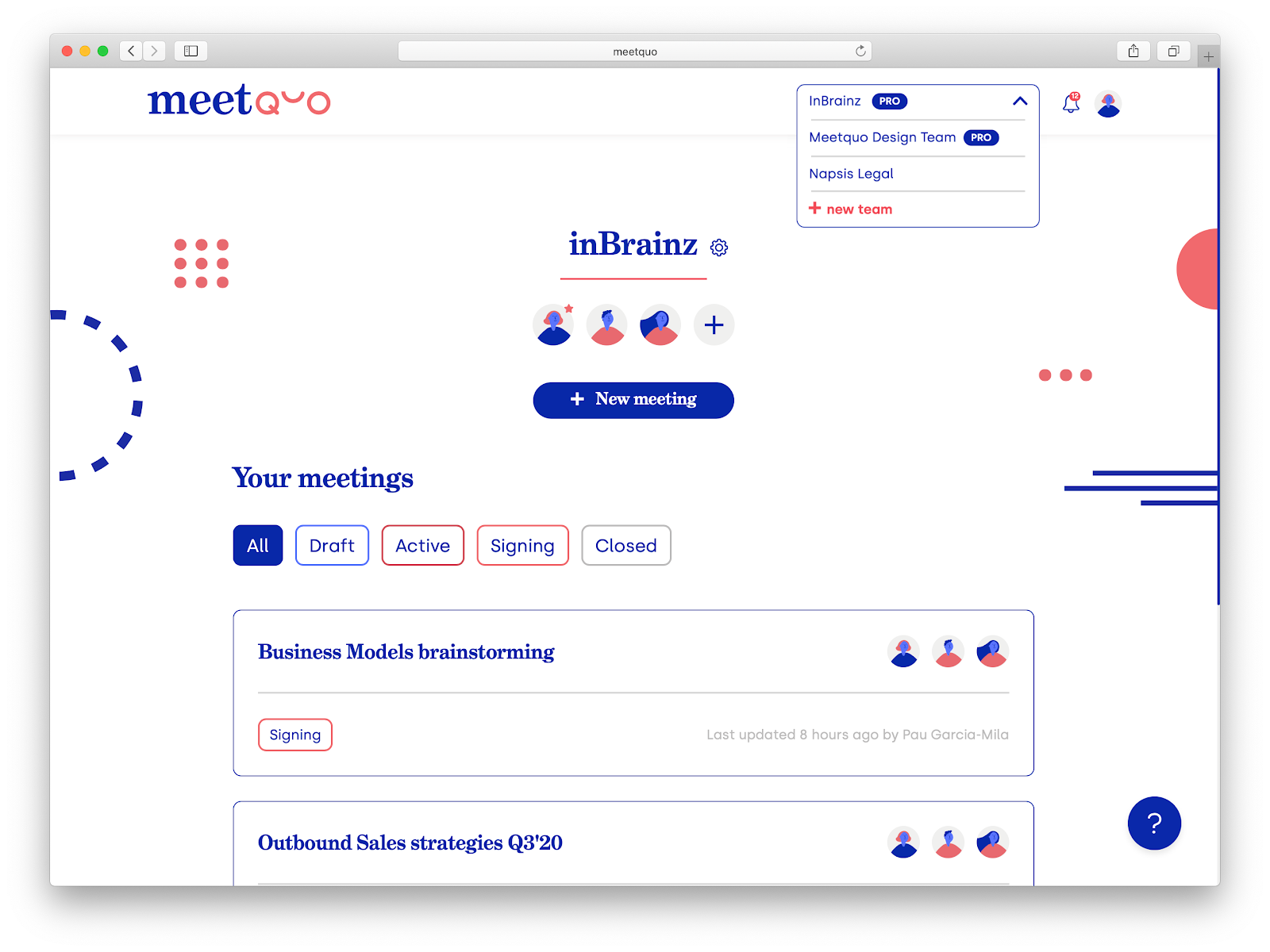In the last few weeks, I found myself getting into more video calls than ever before. From having face-to-face meetings in the office, I'm now working from home during the Coronavirus quarantine. Because most of these calls usually involve more than five people, Zoom has become the leading solution for medium-to-large meetings.
Zoom is a remote conferencing service that combines video conferencing, online meetings, chat, and mobile collaboration. It gained popularity over the last few months because it permits up to 100 participants in a video call. This large limit is perfect as people can use it for large team video calls. That people worldwide are working from home and humans like to stay connected shows how essential this technology is.
All of these reasons have made Zoom grow insanely over the last few months.
Zoom alternatives like Whatsapp, for example, only lets you add four people in a video call. Skype allows up to 50 participants. So, Zoom became a perfect choice for large business meetings and online studies.
There's some coverage recently that Zoom doesn't have standard end-to-end encryption, and the service itself can access unencrypted video and audio from meetings.
Like many of you, I have also been using Zoom as a solution, but recently l became aware of Zoom's privacy issues and the fact that hackers are taking advantage of the whole situation.
Consequently, I decided to explore Zoom alternatives for remote meetings and video calls. One of our goals at StartupStash is to give a stage for more startup tools and cool projects, so I gathered a list of 23 Zoom alternatives. Some of those tools are very popular, some you might never have heard of before.
This list is for individuals looking for a solution to connect with their team, people who work remotely, and friends and family who happen to be in-home quarantine and want to catch up.
Note: Some of the Zoom alternatives in this list might be less secure than Zoom. However, as they aren't as popular, their security concerns haven't been publicized. Perhaps cyber experts didn't check them as carefully as they are checked Zoom.


